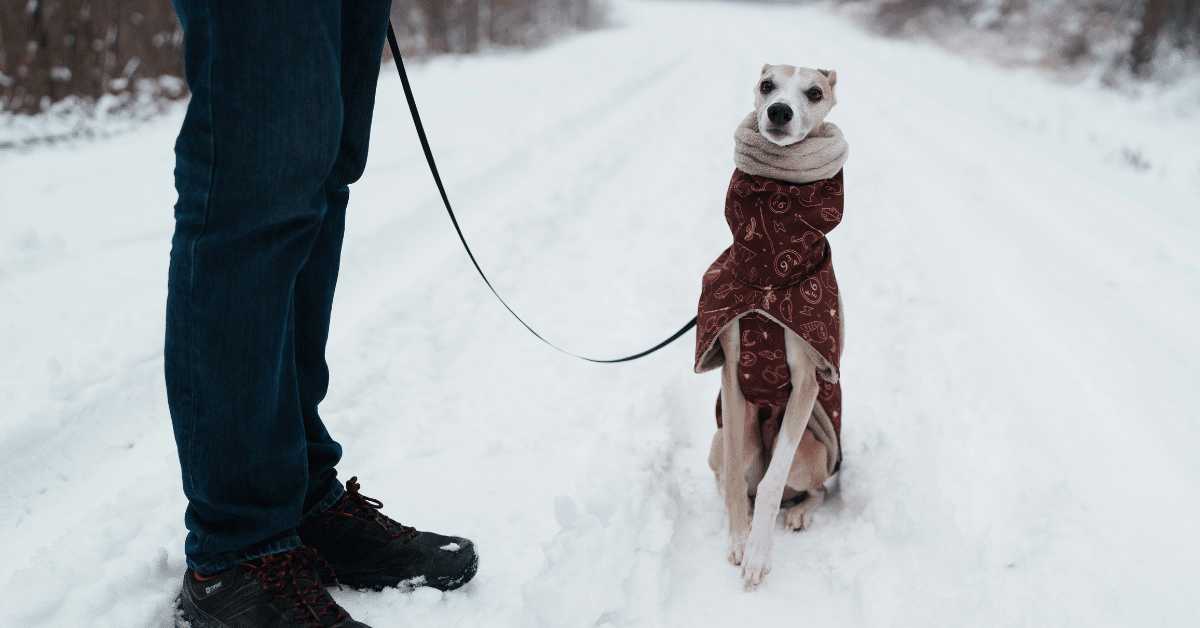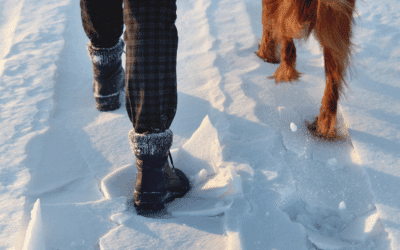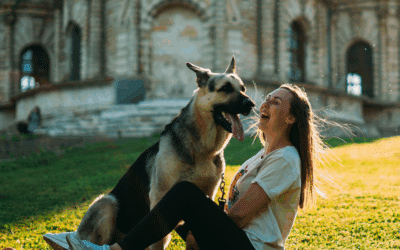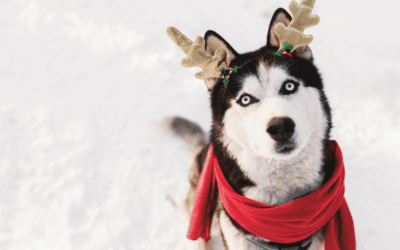Disclaimer: Kate’s K9 Pet Care proudly provides dog walking, cat sitting, small animal pet care, pet taxi services, “Almost Overnight” pet care, and convenient pet supply delivery.
For full details about each of our services, please visit our Service Pages to learn more about how we can support your pet’s needs. To see where we currently operate, please visit our Service Area Page.
There is a specific kind of cold that hits us here in the DMV area. It’s that damp, biting chill that seems to roll off the Potomac and seep right through your layers. Just the other morning, I was out walking a regular client’s pup in Waldorf. The sun was out, but the wind had a real bite to it. I noticed the dog—a usually energetic Boxer mix—lifted his paw and looked up at me with that unmistakable “Are we done yet?” expression.
It’s a look I know well after more than 15 years of caring for pets in this region. As the temperatures drop, one question I hear constantly from concerned pet parents is: “How cold is too cold for dogs?
It is a valid worry. We want our dogs to get their exercise and sniff time, but we never want to put them at risk. The good news is that winter walks don’t have to be scary. With the right knowledge, the proper gear, and a few safety precautions, your dog can still enjoy the outdoors safely.
Need Pet Care Fast?
Submit an Instant Service Request today and we’ll take care of the rest.
Book Your Pet’s Next Winter Walk Today — Your First Walk Is Free!
How Cold Is Too Cold for Dogs?
The answer isn’t a single number on the thermometer. Determining safe temperatures depends on a mix of factors including your dog’s breed, coat type, size, age, and overall health. Body fat and conditioning play a role, too.
However, as a general rule of thumb for pet safety, here is a breakdown of how different temperatures impact our canine companions:
- Above 45°F: Most dogs feel comfortable. Unless it’s raining heavily, this is safe territory for almost everyone.
- 32–45°F: We need to start paying attention. Small dogs, senior dogs, dogs with low body fat (like Greyhounds), and short-haired breeds may begin to feel cold and uncomfortable.
- 20–32°F: This is genuinely cold for many dogs. You need to watch closely for signs of discomfort, stiff movement, or lifting one or more paws off the ground.
- Below 20°F: This is the danger zone. There is a real risk of hypothermia and frostbite. Outdoor time should be strictly for potty breaks and kept very short.
Remember, these numbers are just the baseline. Factors like cloud cover, dampness, and wind chill can make a 35-degree day feel like it’s in the teens.
Cold Weather Safety Factors Every Pet Parent Should Know
When you check the weather app before a walk, do not just look at the temperature. You have to look at the “Real Feel” or wind chill. Cold weather safety is about understanding how quickly your dog loses body heat.
A brisk breeze cuts through a dog’s fur, whisking away the warm air trapped close to their skin. This insulation is what keeps them warm. When the wind removes it, they get cold much faster than they would on a still day. Cloud cover acts similarly; sunny days allow for some solar heating, but cloudy days offer no respite from the chill.
Here in Fort Washington and National Harbor, being close to the water often means the air feels damper and colder than inland areas. Additionally, keep in mind that winter days are short. Temperatures drop rapidly once the sun goes down. A walk that started comfortably at 4:30 PM might be dangerously cold by 5:15 PM.
How Dog Breeds & Coat Type Affect Cold Tolerance
Not all dogs are created equal when it comes to winter resilience. Dog breeds and their specific coat type are the biggest indicators of how long they can stay outside.
The Cold-Tolerant Crew
Breeds like Siberian Huskies, Alaskan Malamutes, Newfoundlands, and Bernese Mountain Dogs are built for this. They have thick, double-layered coats that provide incredible insulation. These dogs might actually enjoy the frigid weather that makes us want to stay inside!
The Cold-Averse Pups
On the other end of the spectrum, we have short-haired breeds like Beagles, Boxers, and Pit Bulls. Then there are the toy breeds like Chihuahuas and French Bulldogs, and dogs with extremely thin coats like Whippets. Senior dogs and young puppies also fall into this category because they cannot regulate their body temperature as efficiently.
After 15+ years of pet care, I’ve seen how differently dogs feel cold—even two dogs of the same breed can tolerate cold differently. I’ve walked Labradors who shiver when it hits 40 degrees and others who would happily jump in an icy pond. You have to know your individual dog.
Signs Your Dog Is Getting Too Cold
Your dog will tell you when they have had enough, but you have to be looking for the signals. When dogs feel the temperature dropping to an unsafe level, their body language changes. If you notice any of the following, it is time to head inside immediately and warm up:
- Shivering or trembling: This is the first and most obvious sign.
- Curling up: If they stop walking and try to curl into a ball or hunch their back, they are trying to conserve heat.
- The “Tripod” Walk: Lifting paws off the ground is a sign that the ground is too cold for their pads.
- Slow movement: Muscle stiffness or a reluctance to keep moving forward.
- Vocalization: Whining, barking at you, or pulling toward home.
If your dog starts to feel cold to the touch—specifically their ears, paws, or tail tip—that is a sign that their body is pulling blood flow back to their core to protect vital organs. This requires immediate warming.
Protecting Dog Paws in Icy Weather
Winter is brutal on dog paws. It isn’t just the cold; it’s what comes with it. Frozen ground can be sharp, and the salt and chemical de-icers used on sidewalks in Waldorf and Arlington can cause chemical burns.
Here is how we protect paws during our visits:
- Paw Balm: Think of this like lip balm for paws. Applying a wax-based balm (like Musher’s Secret) before a walk creates a barrier against ice and salt.
- Rinse and Wipe: After every walk, wipe your dog’s paws with a warm, damp cloth. This removes toxic salts they might lick off later.
- Trim the Fur: If your dog has long hair between their toes, ice balls can form there, which is incredibly painful. Keep this hair trimmed short in the winter.
Let us handle the cold-weather walks — Book Your Free First Walk Today!
Gear That Keeps Dogs Warm
There is no shame in dressing your dog up! In fact, for many dogs, it is a medical necessity. Using the right gear is the best way to keep dogs warm when the temperature dips.
- Dog Booties: These provide the ultimate protection. They offer traction on ice, warmth against the frozen pavement, and a total barrier against salt. It takes some practice to get used to them, but they are worth it.
- Coats and Sweaters: Small dogs, short-haired dogs, and seniors absolutely need an extra layer. Look for coats that cover the belly (where they lose a lot of heat) and are water-resistant.
- Reflective Gear: Since it gets dark so early, visibility is key. We ensure all pets we walk have reflective elements on their leashes or coats so cars can see us in the gloom.
Our walkers always double-check your pet’s gear to keep your dog warm and safe. We want them cozy, not shivering!
How Long Should Winter Walks Be?
The duration of the dog walk needs to be flexible in winter. We cannot stick to a rigid schedule if the weather is dangerous.
As a general guideline, healthy medium-to-large dogs can usually tolerate cold temperatures for 30 minutes if they are keeping active. However, small breeds, older dogs, and those with thin coats should have significantly shorter walks.
If it is 25 degrees out, a “walk” might just be a quick business trip to the backyard or a 5-minute lap around the block. We adjust walk length based on temperature, breed, coat type, and—most importantly—the dog’s behavior during the walk. If they stop enjoying it, we go inside.
FAQs Pet Parents Ask Us All the Time
1. What temperature is too cold for a dog?
As mentioned in our guide above, caution is needed when temps drop below 45°F for small or sensitive dogs. Below 32°F requires extra care for almost all dogs. Below 20°F is potentially dangerous for any breed if they aren’t properly geared up or acclimated.
2. Is 40 degrees too cold for a dog to be left outside?
For many dogs, 40 degrees is safe for a short period, but it is absolutely too cold to leave a dog outside for an extended time if they are a small breed, have a thin coat, or are a senior. Even a husky shouldn’t be left alone indefinitely without shelter. Always err on the side of caution.
3. What temperature is unsafe for dogs in winter?
Temperatures below 20°F are unsafe for the vast majority of dogs. The risk of frostbite on ears, tails, and paws is high. Additionally, any temperature below freezing (32°F) can be unsafe for vulnerable dogs (sick, old, or very young).
4. Can dogs survive cold nights?
Leaving a domestic dog outside overnight in winter is dangerous and inhumane. Dogs are susceptible to hypothermia just like humans. No dog should be left outside overnight in freezing temperatures. They need a warm, dry place to sleep.
When to Keep Your Dog Inside or Opt for Indoor Play
Sometimes, the smartest move is to skip the walk entirely to keep your dog safe. If the temperatures are extreme (single digits), if there are high winds, or if there is freezing rain, it is not worth the risk.
This is also true for senior dogs with arthritis. Cold damp weather makes joints ache, and a long walk might cause them pain later.
At Kate’s K9, we offer alternatives for these days. We can do indoor enrichment instead. This might include:
- Puzzle toys to work their brain.
- Hide-and-seek with treats.
- Short, frequent potty breaks instead of one long walk.
- Lots of cuddles and attention.
Your dog’s well-being comes first. A bored dog is better than a frostbitten one!
Why Local Pet Parents Trust Kate’s K9 Pet Care in Winter
When the roads are icy and the weather is frightful, you need a team you can rely on. We have been serving Virginia and Maryland for over 15 years. We are licensed, bonded, and insured, giving you total peace of mind.
We are not just an app; we are your neighbors. From Alexandria to National Harbor, we know the neighborhoods and the weather patterns. We offer 24/7 care and flexible scheduling because we know life doesn’t stop when it snows.
We also believe in supporting our community heroes. That is why we offer a 10% discount for teachers, first responders, active duty military, and veterans.
Plus, we keep you in the loop. You get photos, detailed notes, and updates after every single visit. You will never have to wonder if your pup got their walk or if they were warm enough.
Final Tips for Keeping Dogs Happy During Winter Weather
Surviving winter weather with a pet isn’t just about safety; it is about comfort. To keep your dogs happy through the freezing months, remember these final tips:
- Shorten the walks: Frequency over duration is the key when temps drop.
- Dry them off: Wet fur gets cold fast. Use a towel to dry their belly and paws immediately after coming inside.
- Watch for discomfort: If they look miserable, they probably are. Don’t force it.
- Create a warm spot: Ensure their bed is away from drafts and perhaps add an extra blanket.
- Nutrition matters: Shivering burns calories. Keep an eye on their weight and adjust food intake if they are burning more energy to stay warm.
Book Care, Get Peace of Mind — It’s That Simple.
Winter in the DMV can be unpredictable, but your pet care shouldn’t be. Whether you need someone to brave the cold for a midday walk while you’re at work, or you need reliable pet sitting while you escape to warmer climates, we are here to help.
Don’t let the cold weather stress you out. Let our experienced team ensure your pets stay safe, warm, and happy all season long.
Resources For Cold Temperatures and Safety
Here are a few helpful resources related to understanding how cold is too cold for dogs and ensuring their safety during cold weather:
PetMD: How Cold Is Too Cold for Your Dog?
This article provides insights into temperature thresholds for dogs and tips to keep them comfortable.
Read more on PetMD
Thrive Pet Care: How Cold is Too Cold?
Learn about safe temperature limits for pets and recommendations for outdoor activities in cold weather.
Visit Thrive Pet Care
AAHA: Cold Safety for Pets
The American Animal Hospital Association offers winter tips to prevent frostbite and ensure your pet’s warmth.
Explore AAHA’s guide
Red Cross: Winter Safety Tips for Your Pets
A comprehensive guide on keeping pets safe during the bitter cold, including paw protection and coat care.
Check out the Red Cross tips
The Cove Vets: Cold Weather Pet Safety Tips
This blog shares advice on keeping pets mentally stimulated indoors and protecting them from extreme cold.
Read The Cove Vets blog
ASPCA: Cold Weather Safety Tips
The ASPCA provides essential tips for pet owners to ensure their furry friends stay safe and warm during winter.
Visit ASPCA’s website
Humane Society: Winter Weather Tips for Pets: A detailed guide on how to care for pets during winter, including shelter, food, and outdoor activity advice.
Learn more from the Humane Society
Schedule Your Free First Walk Now.
Stay Warm, Stay Safe — Let Us Help Keep Your Pets Happy This Winter.







